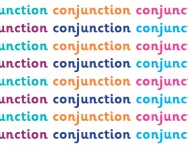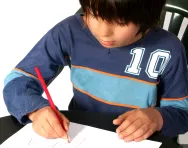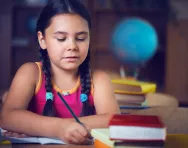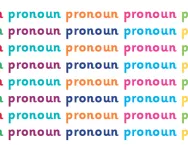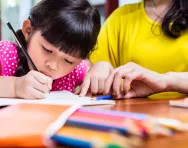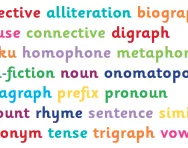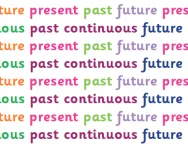Important update from TheSchoolRun
For the past 13 years, TheSchoolRun has been run by a small team of mums working from home, dedicated to providing quality educational resources to primary school parents. Unfortunately, rising supplier costs and falling revenue have made it impossible for us to continue operating, and we’ve had to make the difficult decision to close. The good news: We’ve arranged for another educational provider to take over many of our resources. These will be hosted on a new portal, where the content will be updated and expanded to support your child’s learning.
What this means for subscribers:
- Your subscription is still active, and for now, you can keep using the website as normal — just log in with your usual details to access all our articles and resources*.
- In a few months, all resources will move to the new portal. You’ll continue to have access there until your subscription ends. We’ll send you full details nearer the time.
- As a thank you for your support, we’ll also be sending you 16 primary school eBooks (worth £108.84) to download and keep.
A few changes to be aware of:
- The Learning Journey weekly email has ended, but your child’s plan will still be updated on your dashboard each Monday. Just log in to see the recommended worksheets.
- The 11+ weekly emails have now ended. We sent you all the remaining emails in the series at the end of March — please check your inbox (and spam folder) if you haven’t seen them. You can also follow the full programme here: 11+ Learning Journey.
If you have any questions, please contact us at [email protected]. Thank you for being part of our journey it’s been a privilege to support your family’s learning.
*If you need to reset your password, it will still work as usual. Please check your spam folder if the reset email doesn’t appear in your inbox.
What are cohesion and cohesive devices in writing?

What are cohesion and cohesive devices in writing?
The term 'cohesive devices' refers to the conjunctions, connectives and pronouns used to link the parts of a piece of writing. Using the same verb tense throughout a text also offers 'cohesion'.
Primary-school children may be asked to identify and use cohesive devices in their writing during their time at primary school.
Use of cohesive devices in primary-school writing
The 2014 primary curriculum states that children in Years 5 and 6 need to 'use a wide range of devices to build cohesion within and across paragraphs'.
Basically, when a person's writing has cohesion, an attempt has been made to link clauses, sentences and paragraphs so that the writing 'hangs together'.
This piece of writing shows how cohesive devices can be used:

The time connectives (in red: first, then, later, after, finally) are used to show that this is a process that has several steps and an end goal. These words are also adverbs, because they tell us when something is done.
Pronouns (in blue: these to refer to the organs and it to refer to the body) are used to show that the writer is referring back to a person or object already named.
Conjunctions (in green: and, so, because) are used within sentences to link ideas within a sentence.
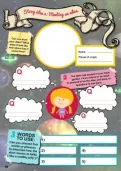

Download a FREE Creative Writing toolkit!
- KS1 & KS2 workbooks
- Bursting with fill-in prompt sheets and inspiring ideas
- Story structure tips, style guides and editing suggestions
Which cohesive devices are taught to children throughout primary school?
In Year 1, children will start to write sentences and will be encouraged to use the connective 'and' to join clauses, for example: 'We went shopping and my mum bought lots of nice food.'
In Year 2, children will be encouraged to write longer pieces of writing and will be shown that the verb tense should remain consistent throughout a text (always past tense or always present tense). They will begin to expand on their use of connectives to join clauses of sentences, using connectives such as: when, if, that, because, or, but.
In Years 3 and 4, children will be taught how to compose fiction and non-fiction texts and introduced to the use of paragraphs. They will be expected to use pronouns to link one sentence to a previous one. They will be encouraged to use a wide range of conjunctions, such as: when, if, because, although. They will start to use fronted adverbials, which can help with cohesion when they are related to time (for example: First of all, After all the drama had unfolded, At the end of the meal etc.)
The aim of the above teaching is to help children get to a point in Year 5 and 6 where they can produce writing that shows a range of devices to aid cohesion.
Ways in which teachers teach cohesive devices
- By reading texts and drawing attention to various features.
- Through marking children's work; for example, they may show a child how they could join two short sentences through the use of a conjunction, or they may point out where a tense should stay consistent.
- By teaching 'stand-alone' lessons where a child needs to do some sentence-level work on conjunctions, pronouns or adverbials. There may be lists up in the classroom to offer writing prompts.
- By encouraging children to read a piece of work they have written and improve it to make it more cohesive. Sometimes children are put into pairs to do this, so that one can act as a 'critical friend' to the other.



